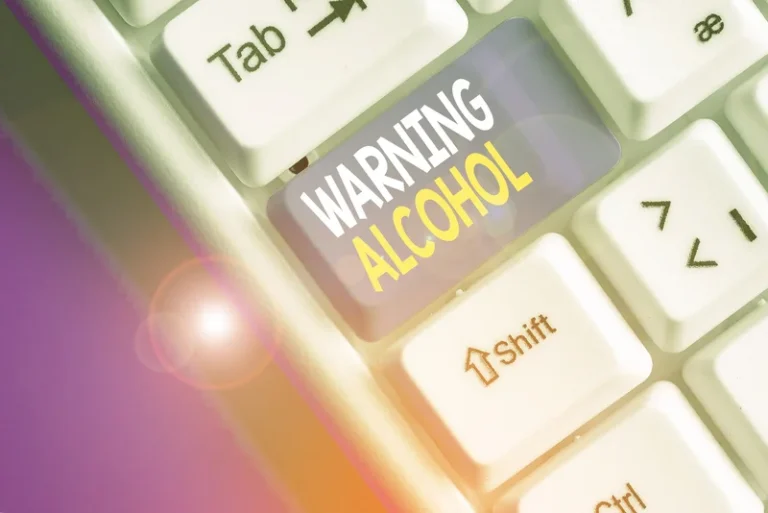However, walking back into the same life — the same home, surrounded by the same people and often in the same high-risk environment — is never ideal. Those who lack a stable, drug-free and alcohol-free living environment are at high risk of relapsing. A halfway house is a community home typically designed for men or women who are mandated to spend time in a transitional facility. Most often, these individuals are returning to society after time spent serving a sentence for a drug or alcohol-related crime. For many people who are reintegrating after time in prison or jail, the first days, weeks and months in mainstream society can be overburdened with triggers. Halfway houses, also known as sober re-entry programs, tend to be more structured.
SOBER LIVING VS. HALFWAY
A study published in the Journal of Psychoactive Drugs by the Alcohol Research Group Public Health Institute showcased the importance of social and environmental factors in recovery. Supervised recovery residence A community-based recovery residence that provides supervised recovery services that provide structure and oversight for individuals. These residences offer a combination of peer-run accountability for house rules, chores, and responsibilities with case management that provides guidance and help with developing life skills as well as recovery coping skills and techniques. A supervised recovery residence is a good choice for individuals who need structure and support to aid them in recovery. They are environments free of substance abuse where individuals can receive support from peers who are also in recovery. There is no time limit on how long someone can live in a sober living house.
Sober Living Houses
Ultimately, these homes offer individuals a supportive space to rebuild their lives and work towards a future free from the grip of substance abuse. Residents of sober living homes tend to partake voluntarily and simultaneously continue with outpatient sober house vs rehab treatment. Sober living homes are run privately or as a part of a continuum of care from an addiction treatment provider. A sober living home allows a person to apply skills learned in treatment to real life in a less triggering environment.
How Does Sober Living Work?
There are several types of recovery residences, the most common being a peer-run organization. These are typically located in single-family homes in stable communities whose residents hold each other accountable and promise to not use drugs or alcohol. A monitored location is one step up and has a house manager present who sets rules and procedures and holds individuals accountable.

Sober House vs. Rehab or Treatment Center
- In fact, some sober living homes use peer-led programming and focus on mutual accountability, while others have staff members who lead programming.
- Perelman School of Medicine defines inpatient rehab as a place where intensive treatment and medical support can be received during the most difficult early stages of the recovery process.
- Sober living homes offer more privacy and professional support than halfway houses.
- For over 20 years Dr. Umhau was a senior clinical investigator at the National Institute on Alcohol Abuse and Alcoholism of the National Institutes of Health (NIH).
- There are also plenty of independent sober living houses that have not changed their protocols much since the late 1940s when these residences came to be.
- For anyone ready to take the next step towards recovery, contact The Grove Estate to discuss your situation, answer questions, and provide the guidance needed to start the journey to sobriety.
- If you have already gone through rehab, but you’re not quite ready to live independently, this type of facility may be an excellent fit for you.
- In some cases of addiction, medication is involved to help you wean off the drugs and get sober safely.
- The substance-free environment provides a stable, structured place where people in recovery can adapt to living without drugs or alcohol.
- Leaving the structure of the treatment program can be very disruptive to your sobriety, so treatment programs have strict schedules filled with counseling, group therapy, and participatory activities.
Sober Living vs. Rehab: What is the Difference?

